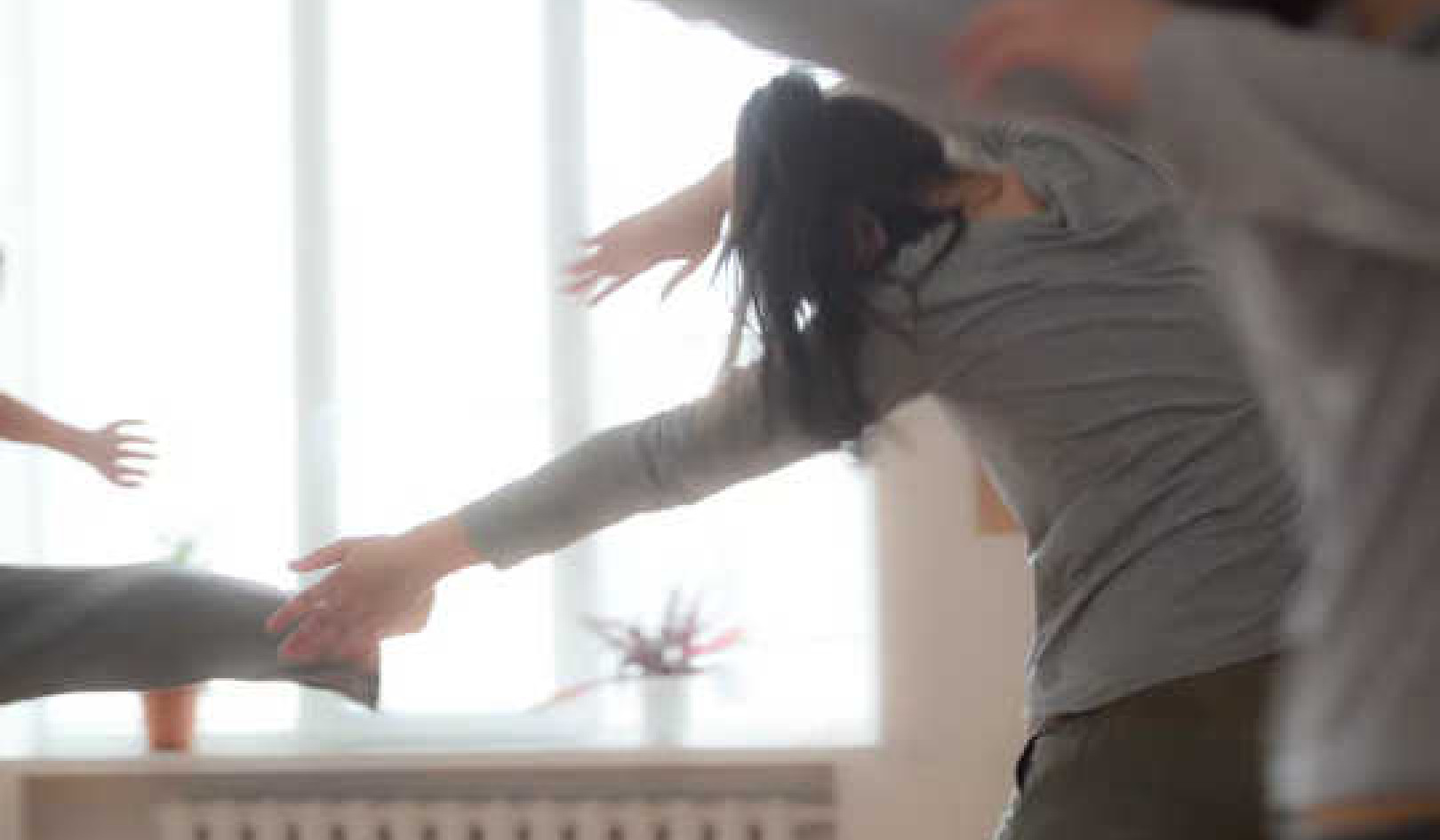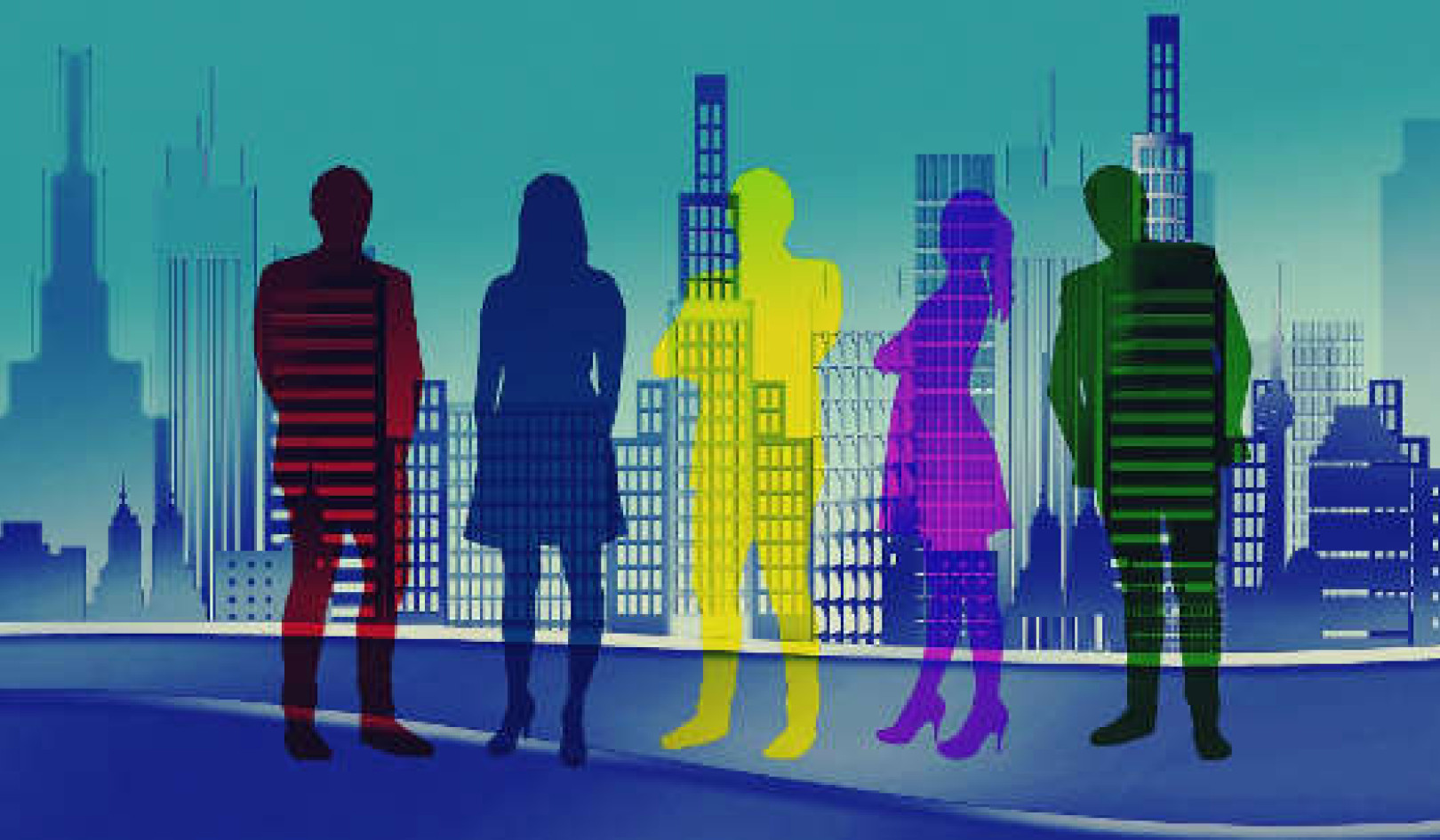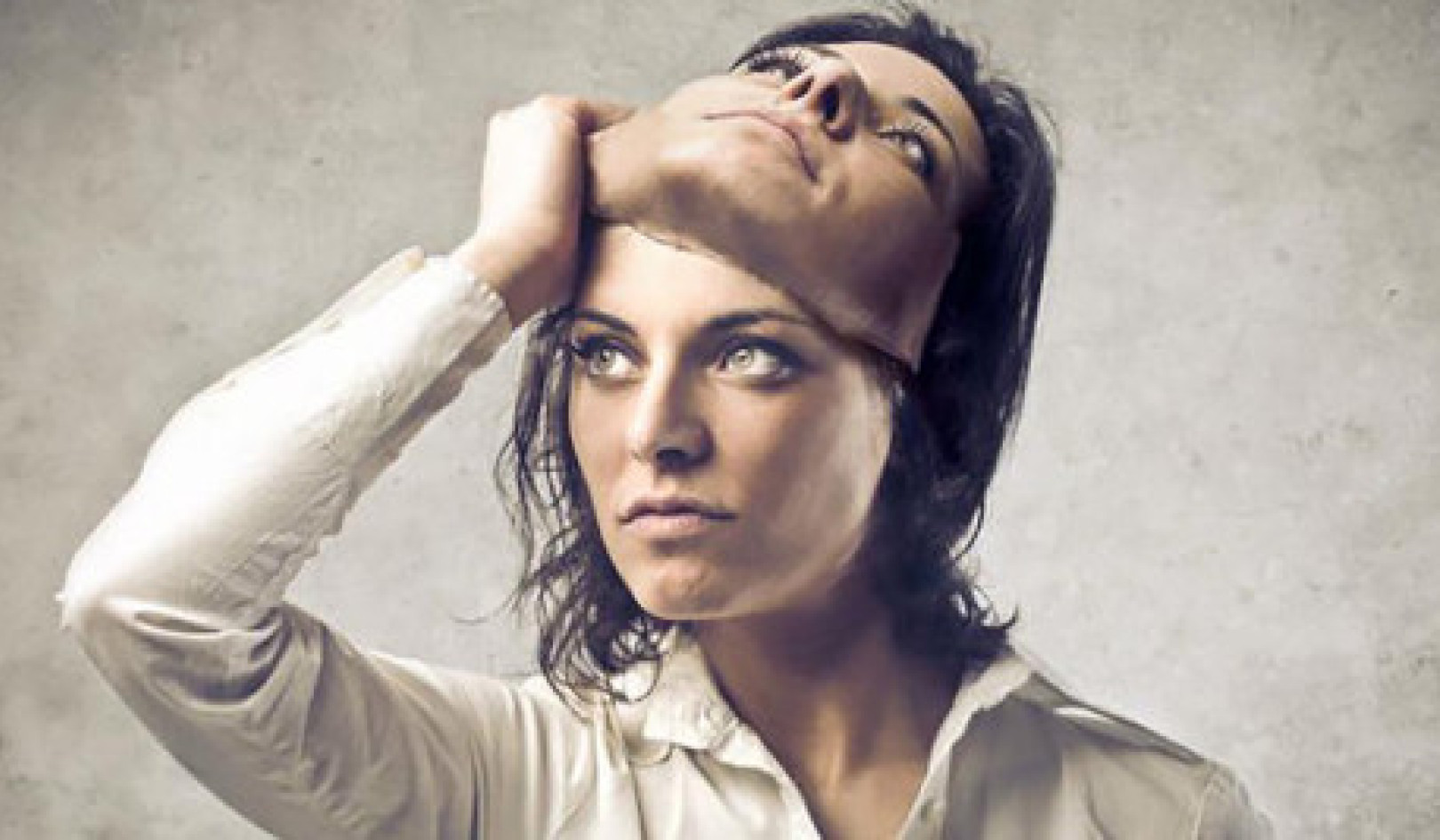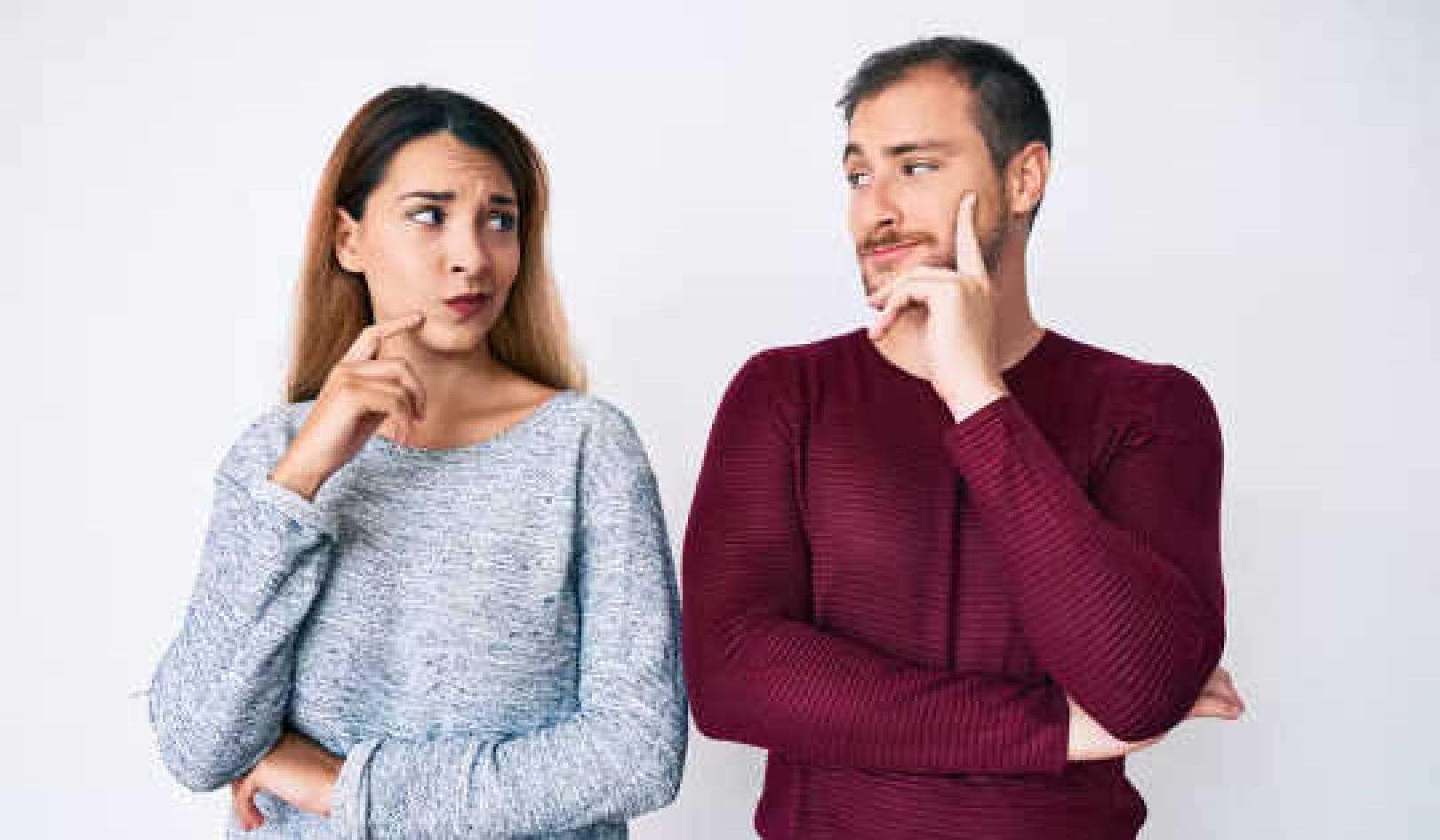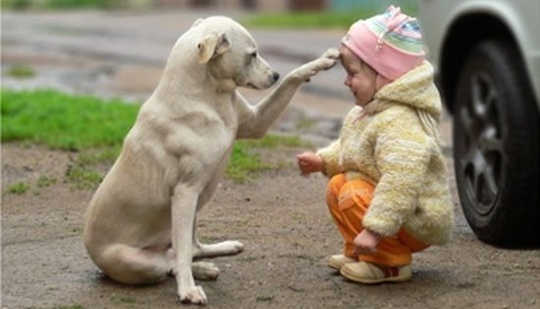
"It's very surprising and disappointing to find such low rates of people helping each other and that African-American patients and those in poorer counties are left to wait longer for help," says Erin York Cornwell.
People who have a medical emergency in a public place can’t necessarily rely on the kindness of strangers, sociologists report.
Only 2.5 percent of people, or 1 in 39, got help from strangers before emergency medical personnel arrived, according to a study in the American Journal of Public Health.
For African Americans, these dismal findings only get worse. African Americans were less than half as likely as Caucasians to get help from a bystander, regardless of the type of symptoms or illness they were suffering—only 1.8 percent, or fewer than 1 in 55 African Americans, received assistance. For Caucasians, the corresponding number was 4.2 percent, or 1 in 24.
People in lower-income and densely populated counties were also less likely to get help, the researchers say. Conversely, those in less densely populated counties with average socioeconomic levels were most likely to get assistance.
“It’s very surprising and disappointing to find such low rates of people helping each other and that African-American patients and those in poorer counties are left to wait longer for help,” says lead author Erin York Cornwell, assistant professor of sociology at Cornell University. York Cornwell wrote the study with Alex Currit, a doctoral student in sociology.
York Cornwell points out that the types of support bystanders could offer require little to no training, and could include offering a glass of water, covering someone with a blanket, putting pressure on a wound, or assisting with medications.
“We find evidence that bystanders can provide help in a huge range of scenarios, but the rates of assistance are so incredibly low,” she says.
In the paper, York Cornwell and Currit analyzed data on nearly 22,500 patients from the 2011 National Emergency Medical Services Information System (NEMSIS) data set, which they linked to characteristics of counties where the incidents occurred.
The data came from emergency medical services providers, who fill out a form after each ambulance call. The form includes an indication of what type of help, if any, patients received from bystanders before medical staff arrived on the scene. Because of underrepresentation of Latinos in the data, the researchers focused on African Americans and Caucasians.
York Cornwell thinks that disparities in receiving help could stem from differences in the social context of the neighborhoods where emergencies occurred. Sociological research suggests that socioeconomic disadvantage within an area shapes how people relate to each other. For example, neighborhoods that have a high degree of poverty and residential instability tend to have fewer social institutions like synagogues, churches, and community organizations—and this can make it difficult for residents to get to know each other.
“When you have a neighborhood environment where people don’t know each other, where people are wary of strangers on the street, and someone needs help right in that moment, people may be more likely to just look away or keep walking without lending a hand,” she says.
Sociologists have used this theory to explain disparities in the development of stress-related illnesses over the long term. But York Cornwell is applying the theory to brief, urgent moments when people could use help but don’t get it; over time those moments could add up and contribute to health disparities across racial groups, she says.
“Disparities in health across race are persistent and growing in many cases. We don’t really have a good understanding of the reasons why we see such large disparities. These day-to-day processes could be an important contributor,” York Cornwell says.
About the Authors
Cornell’s Institute for the Social Sciences, where York Cornwell is a faculty fellow, contributed support.
Source: Cornell University
Related Book:
at InnerSelf Market and Amazon





















